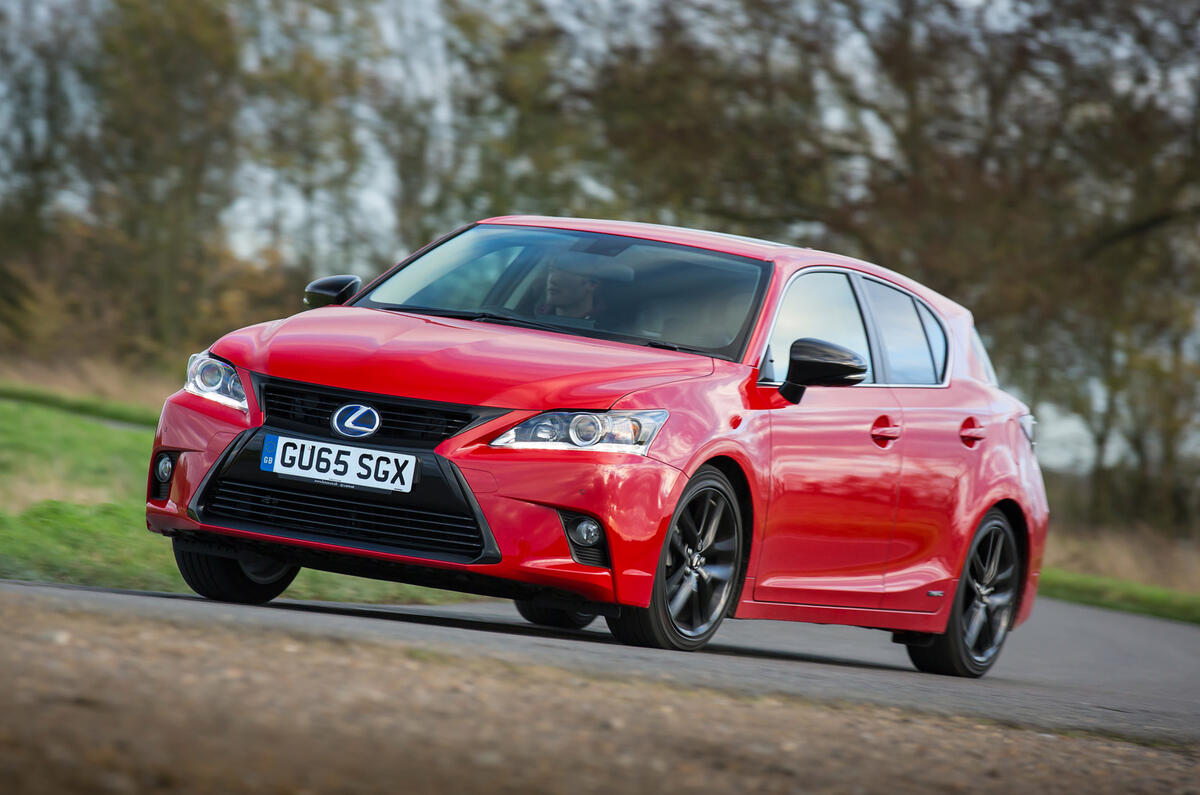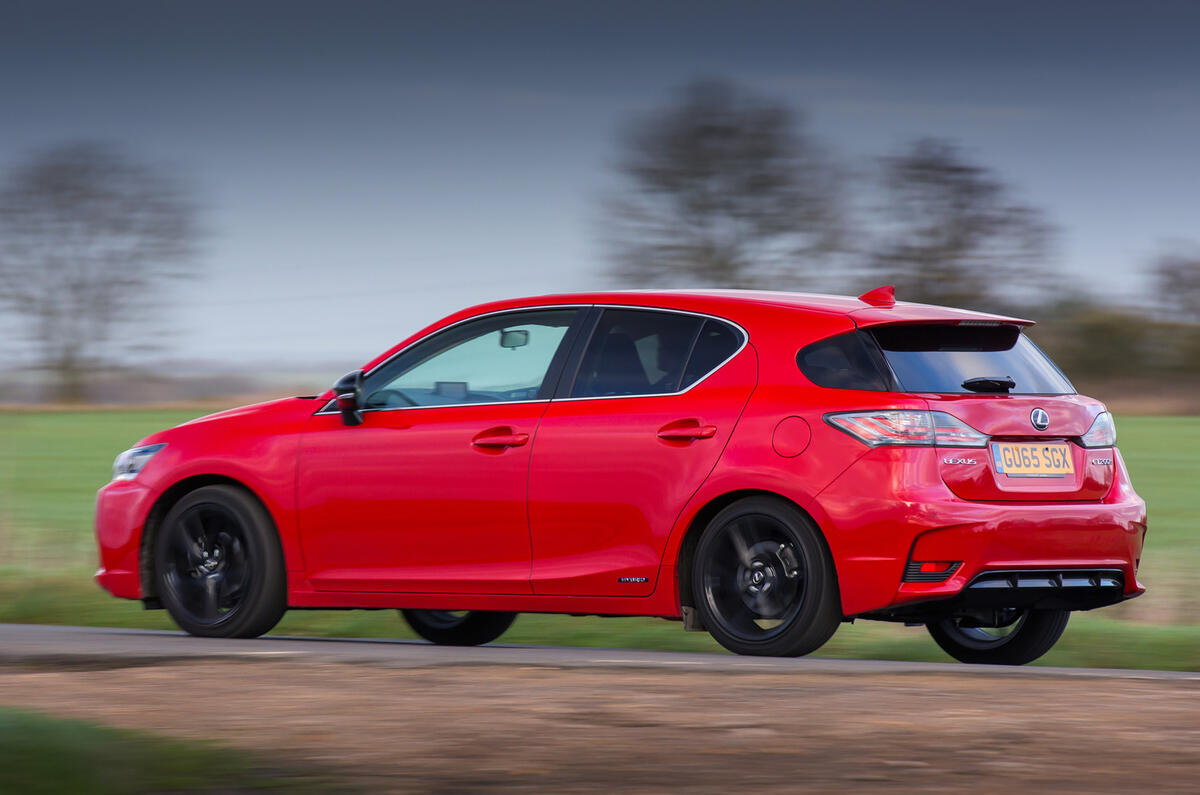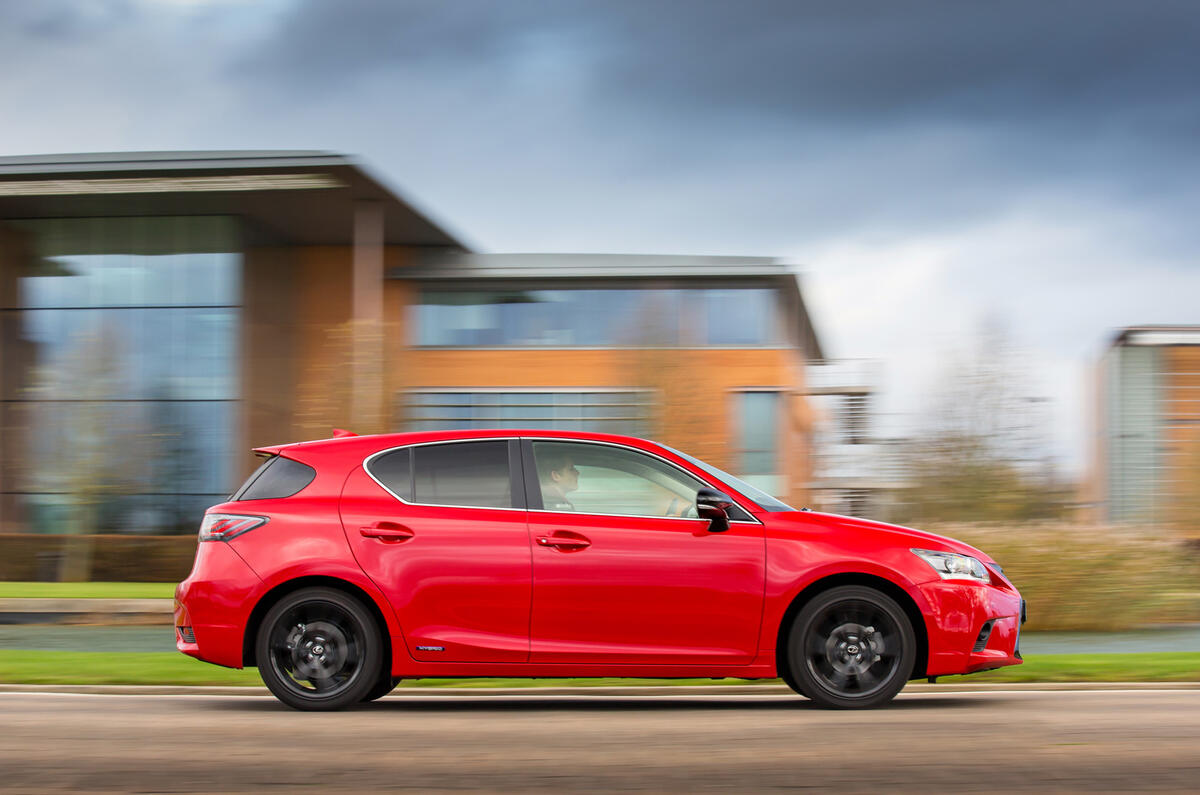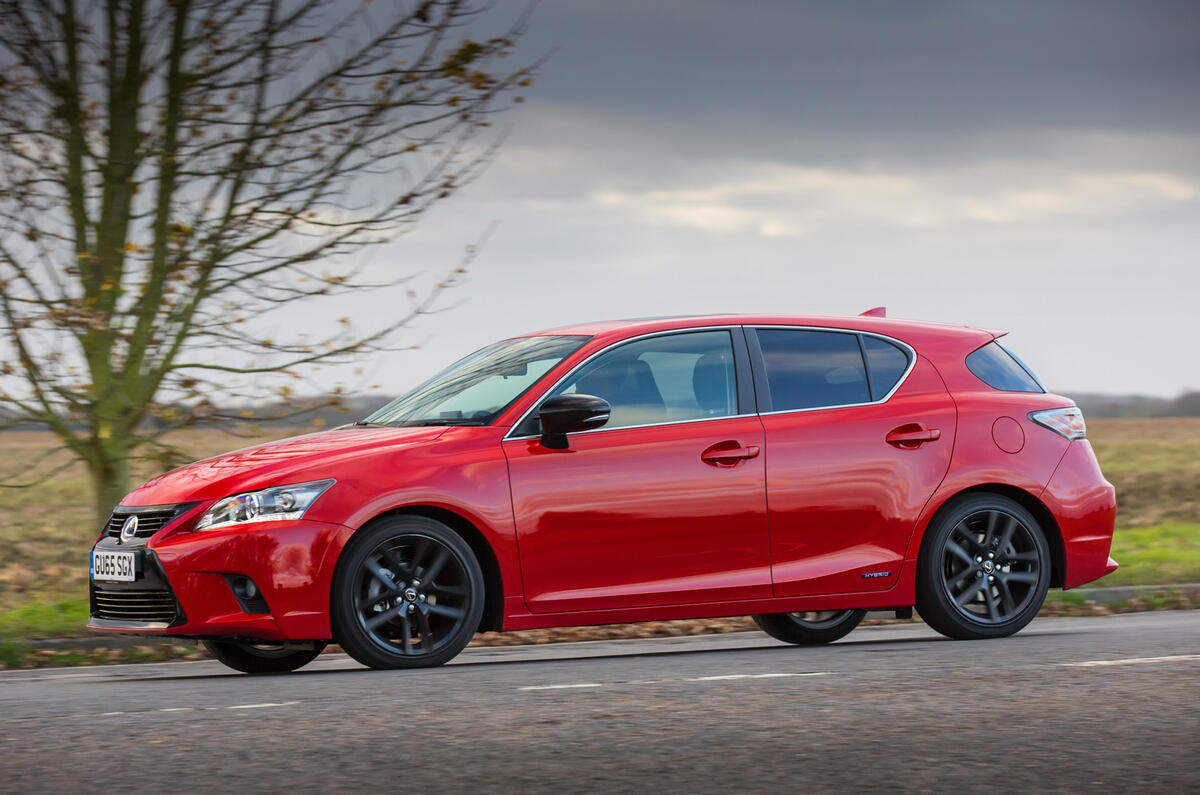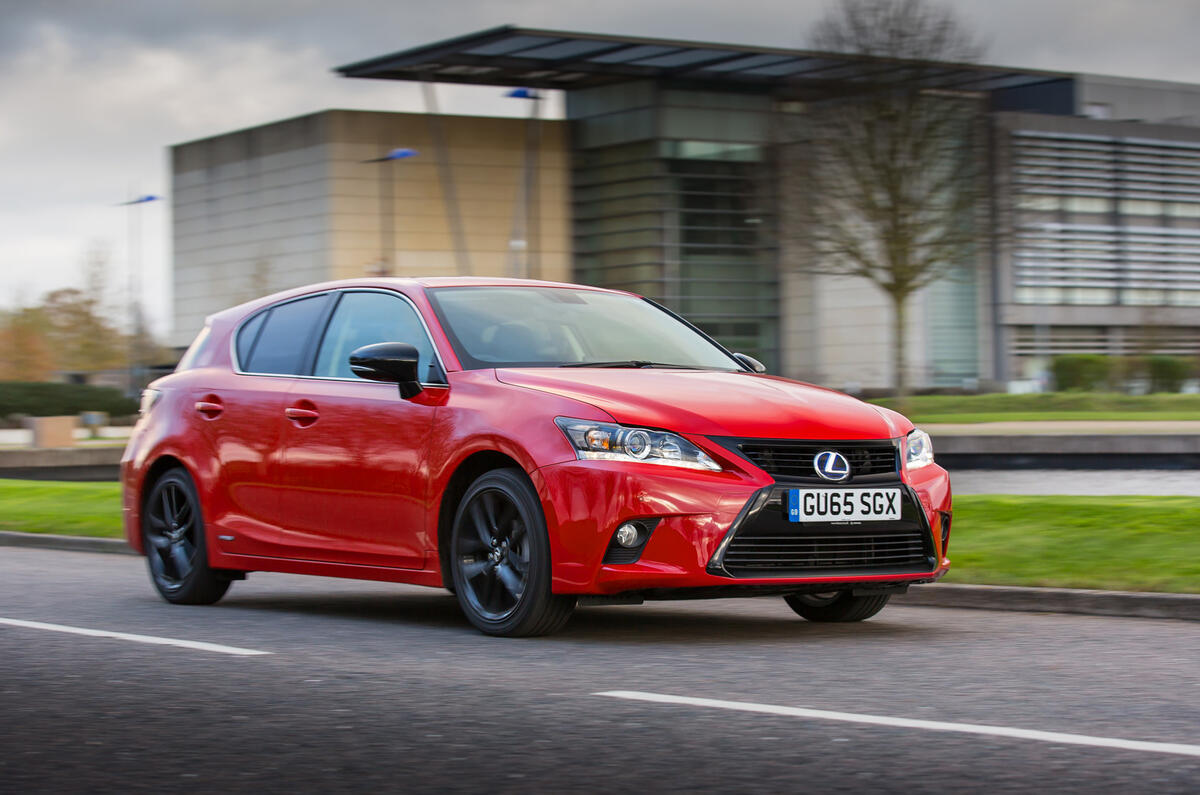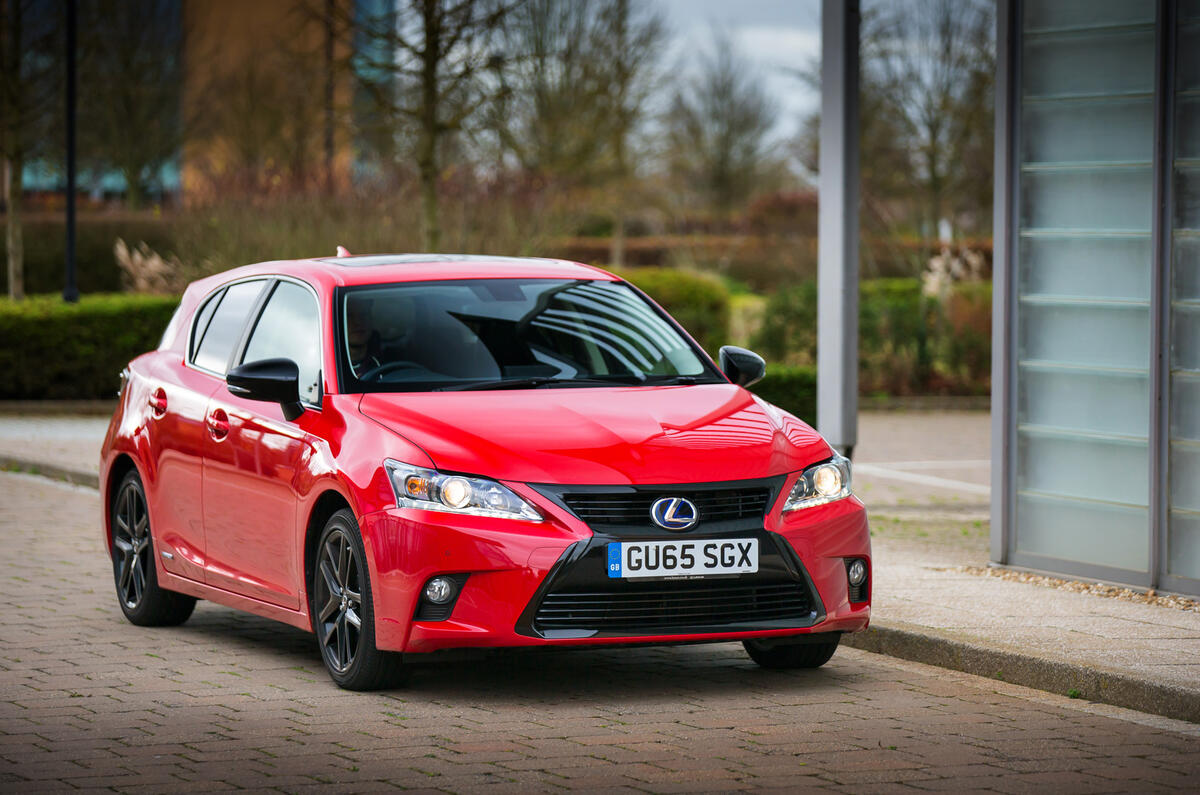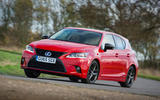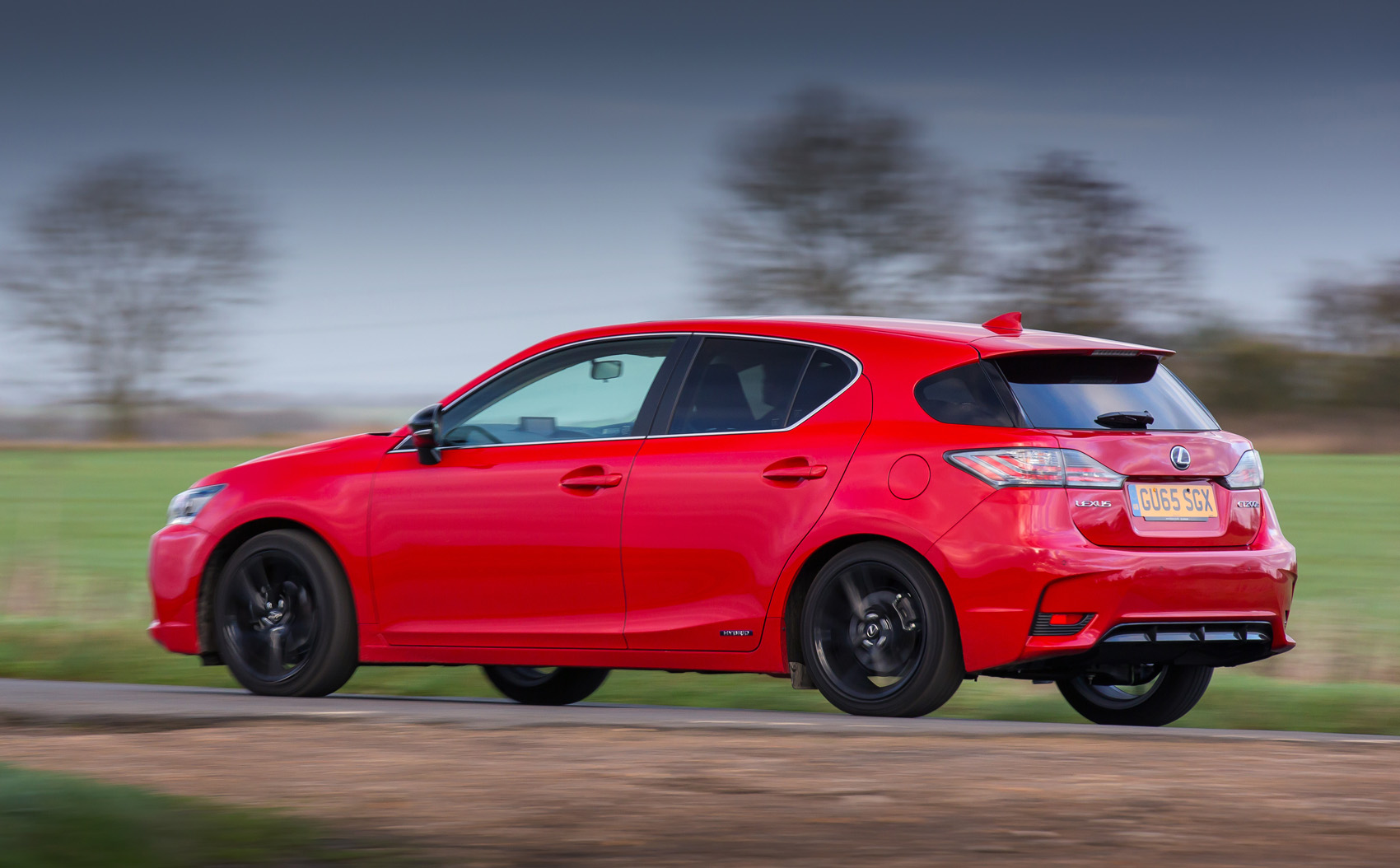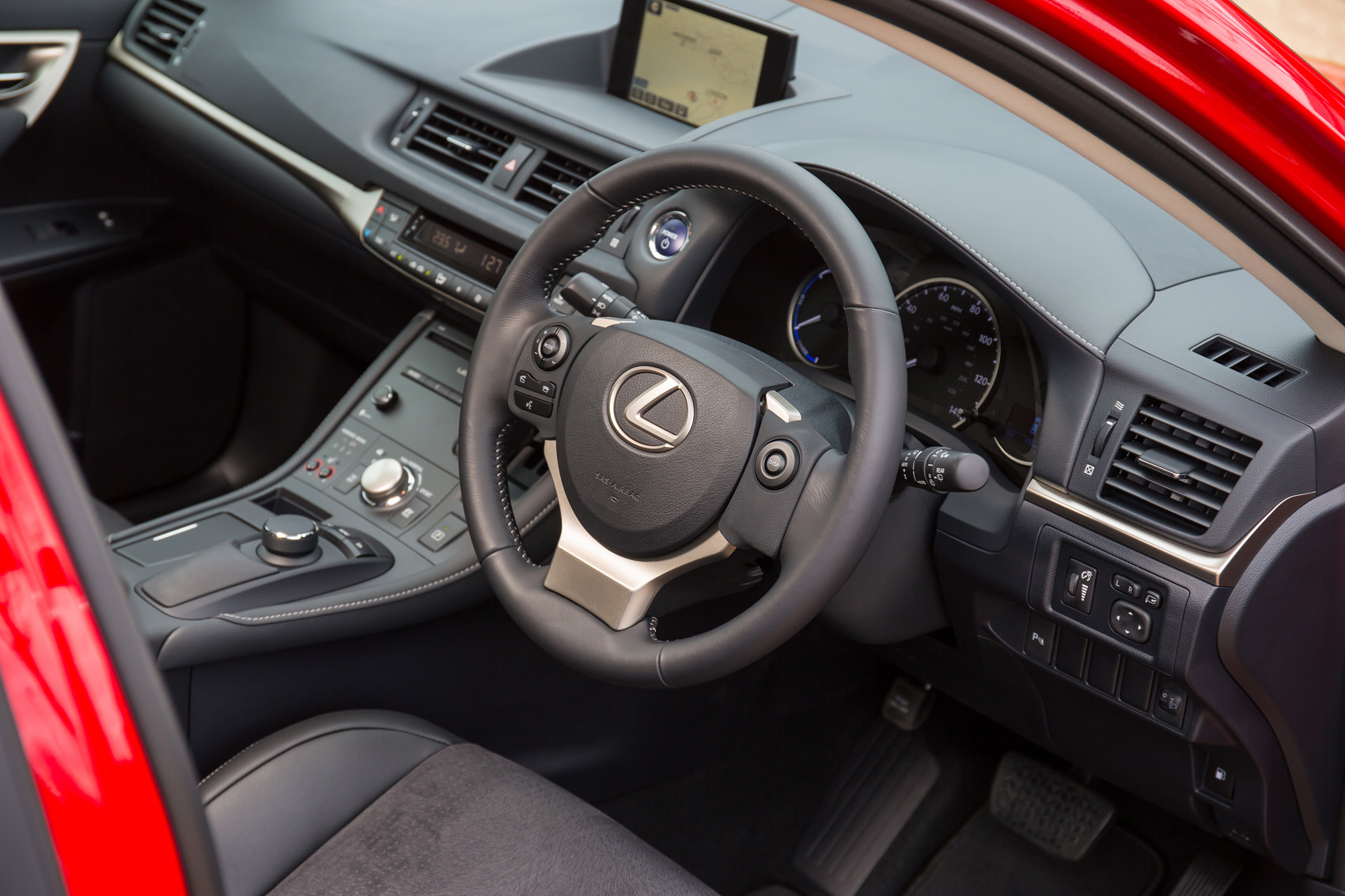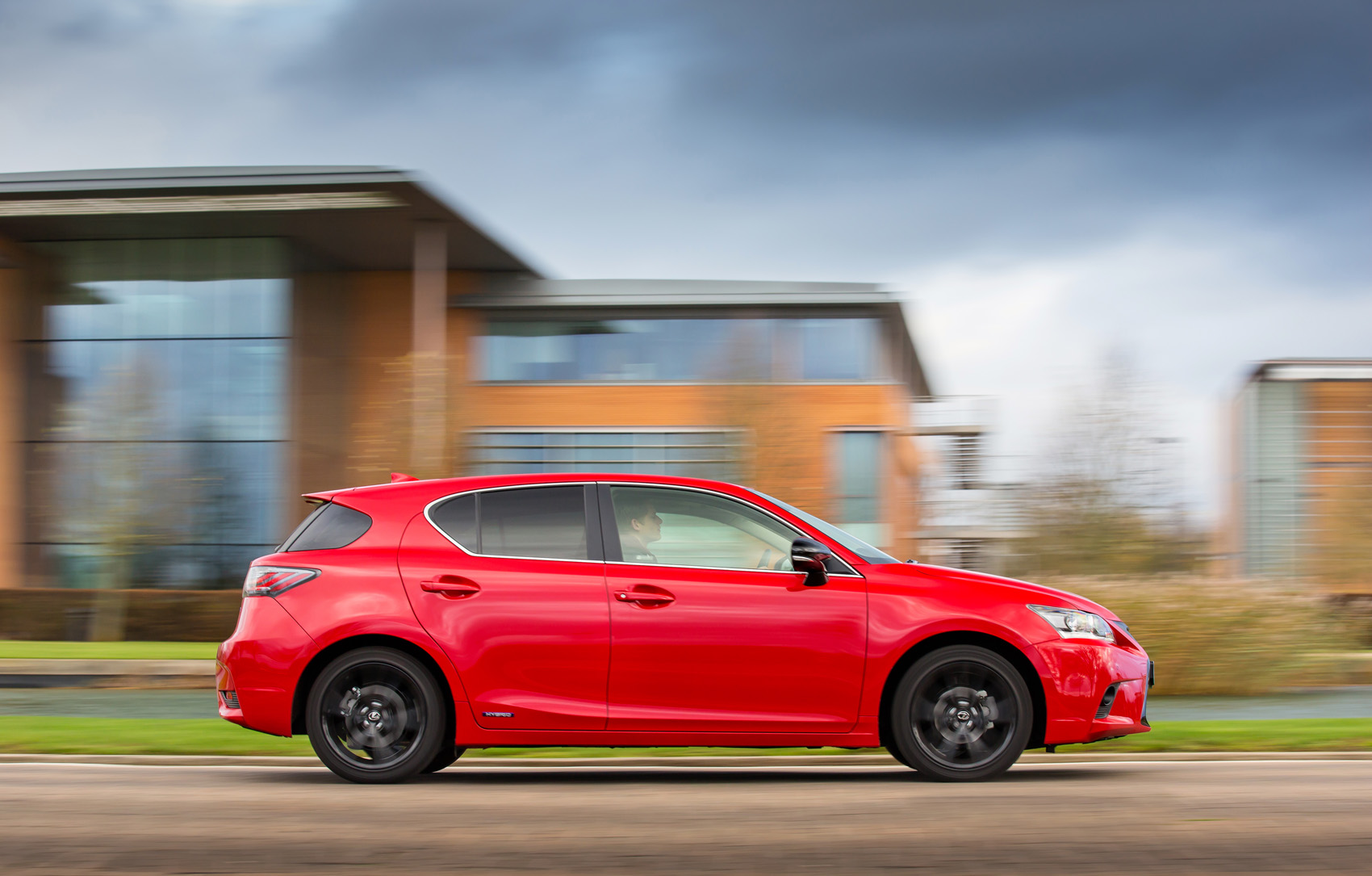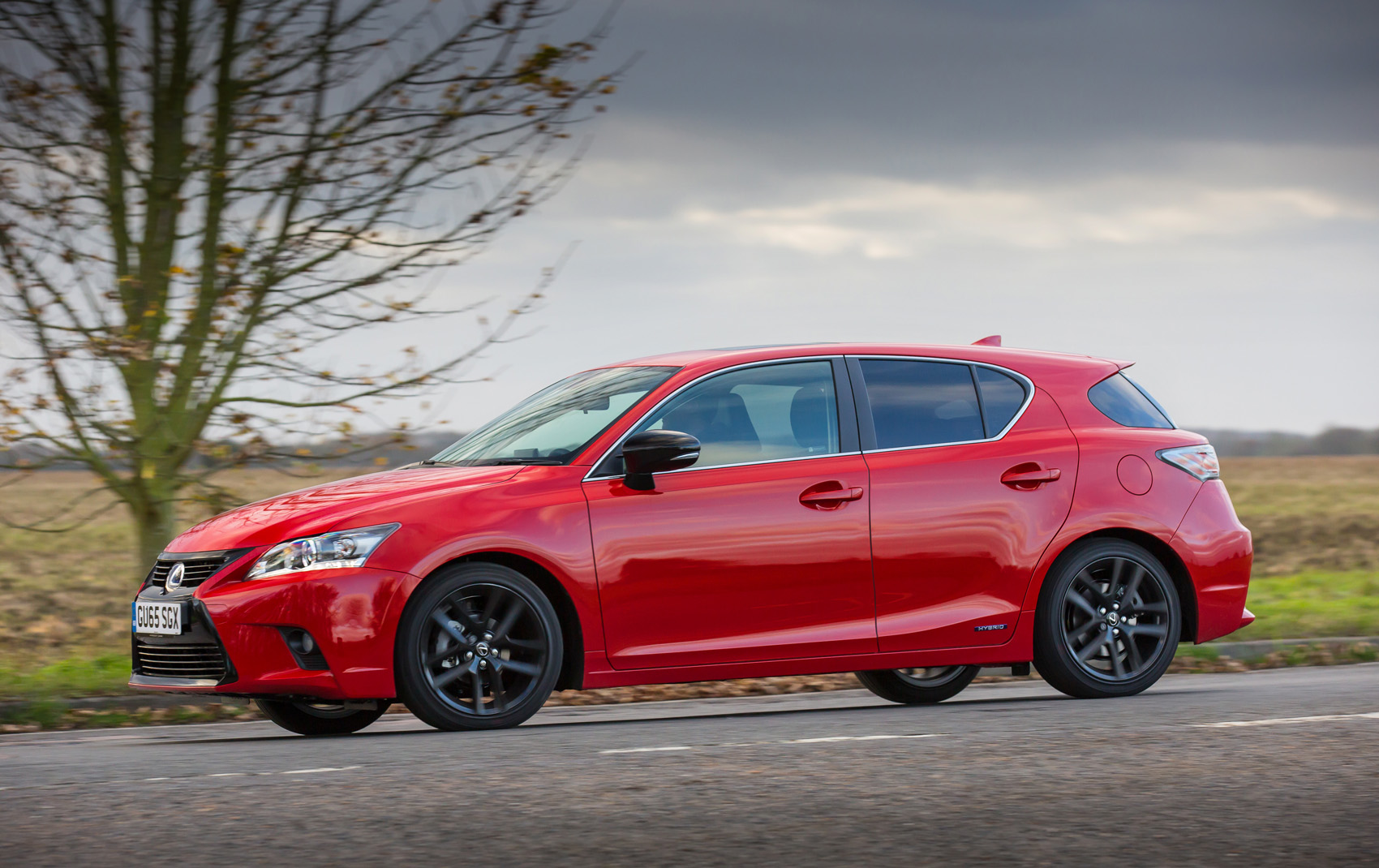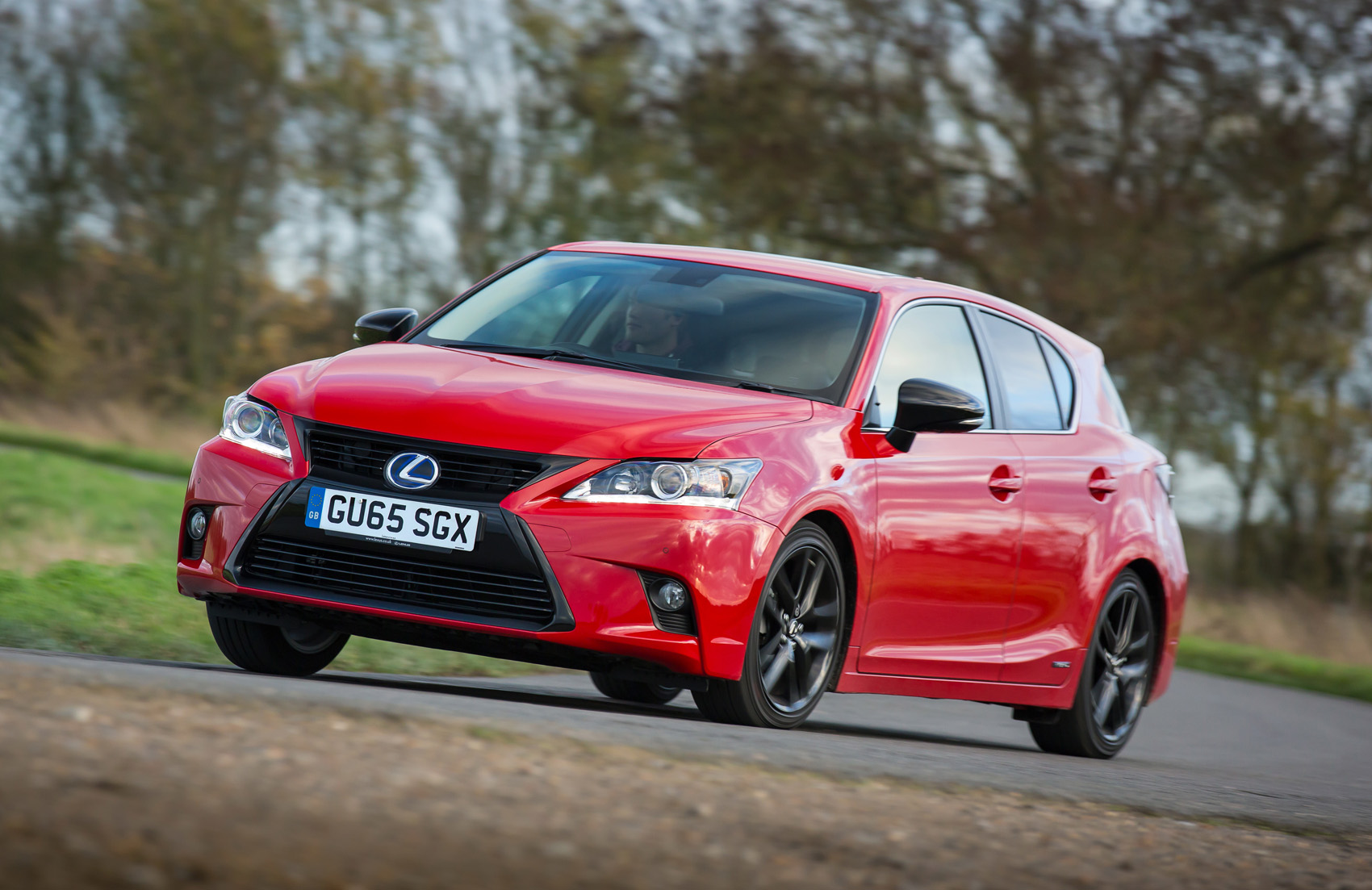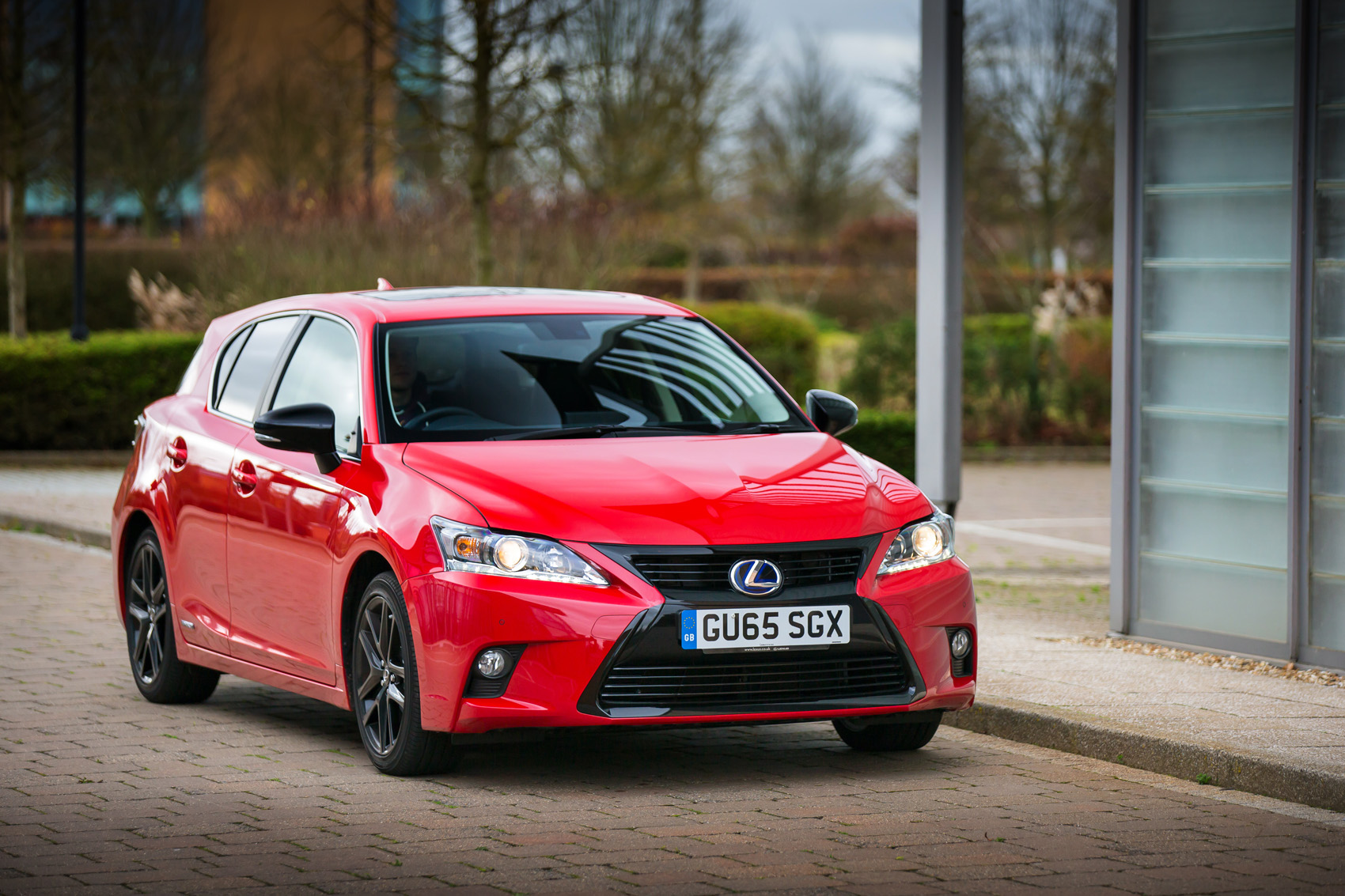Not only is the Lexus CT200h the world’s first full-hybrid entrant in the ‘compact premium’ car category, but it is also Lexus’s first compact model. It was previewed by the LF-Ch concept shown at Frankfurt in 2009.
The CT200h’s petrol-electric parallel hybrid powertrain has already seen service in the four generations of Toyota’s environmental poster boy, the Toyota Prius. It also inherits a great deal of proven reliability from the two generations of Toyota Prius before that, stretching back to 1997.
Even so, it’s not enough just to be different in a class oozing with impressive models. To be taken seriously in the premium hatchback pack, a car needs to drive like a BMW, be built like an Audi and have plenty of kerbside appeal. Not an easy task. Especially as more premium hybrid hatches are emerging from the woodwork - just look at the emergence of the Audi A3 e-tron, Volkswagen Golf GTE and the Mini Countryman Cooper S E.
The CT200h’s engine/electric motor set-up produces a combined 134bhp, which isn’t a huge amount in a car weighing more than 1600kgs (a portly passenger more than an Audi A3 Sportback) but even so, Lexus claims an impressive 68.9mpg on the combined cycle. Straight-line performance is less than sparkling, though, with an official 10.3sec 0-62mph time being touted by Lexus.
What that number doesn’t tell you is that to get to hit that speed is a pretty noisy affair, although once there, and cruising, it delivers more on its promise of the ‘silent revolution’.



